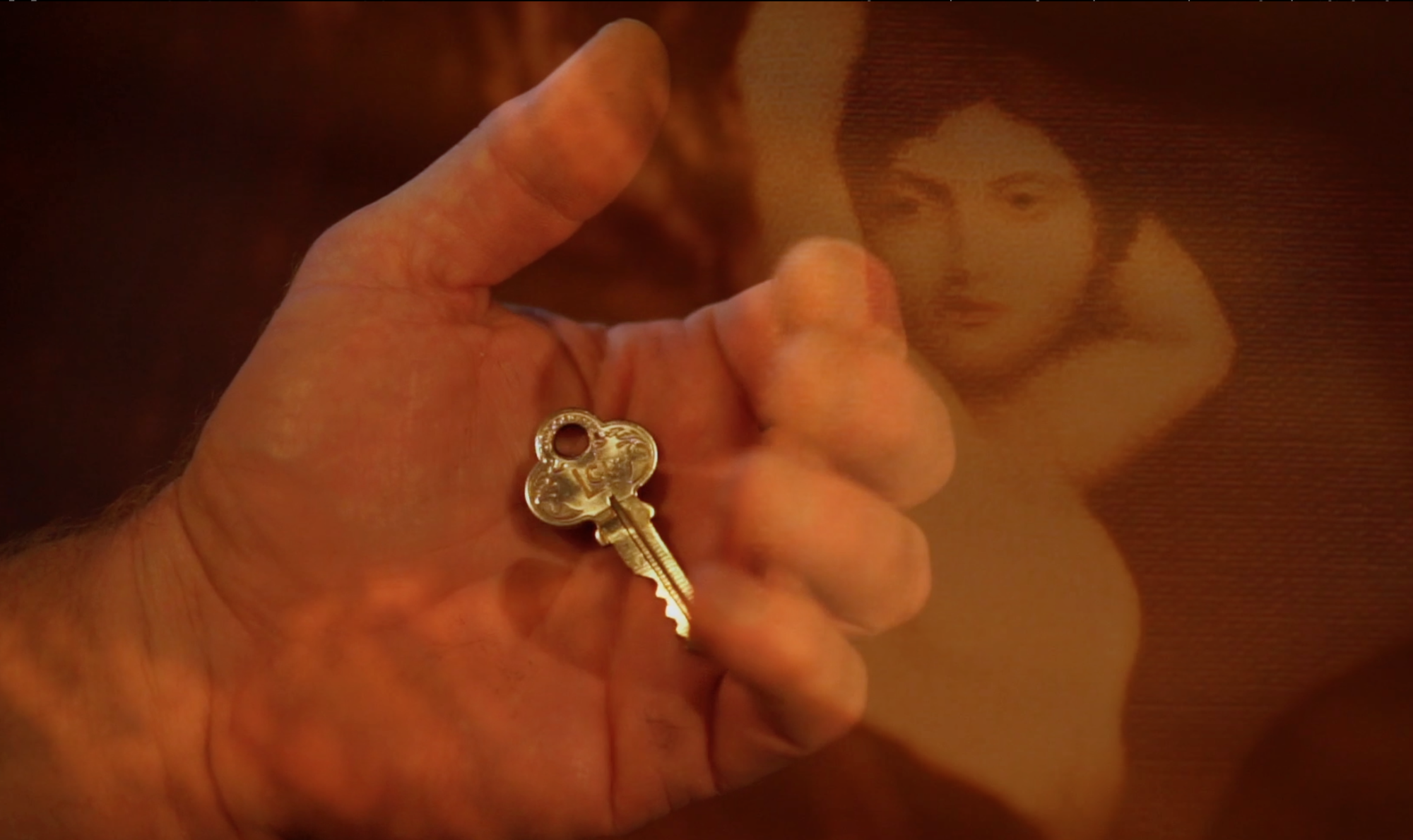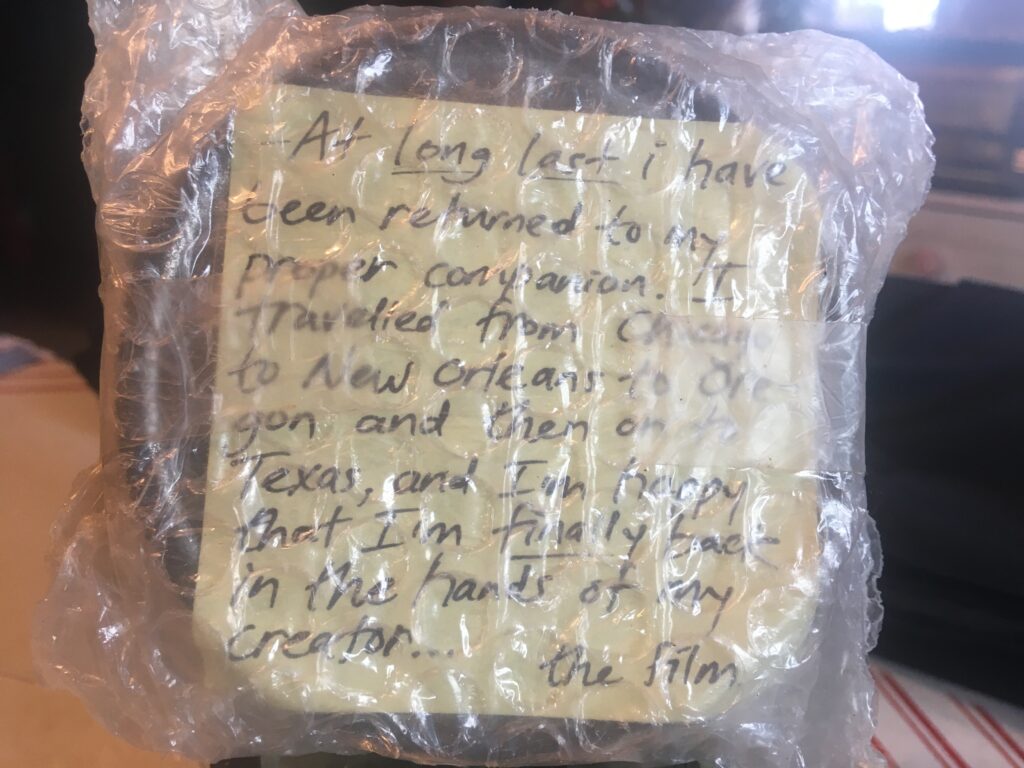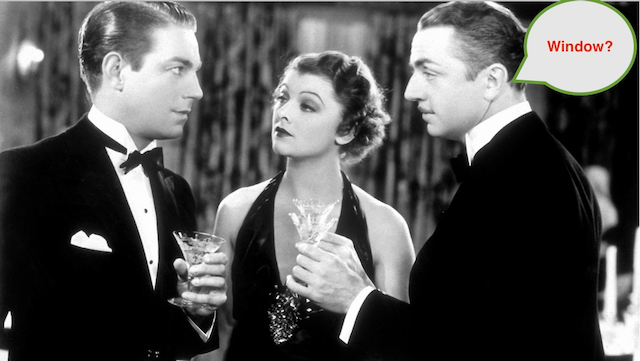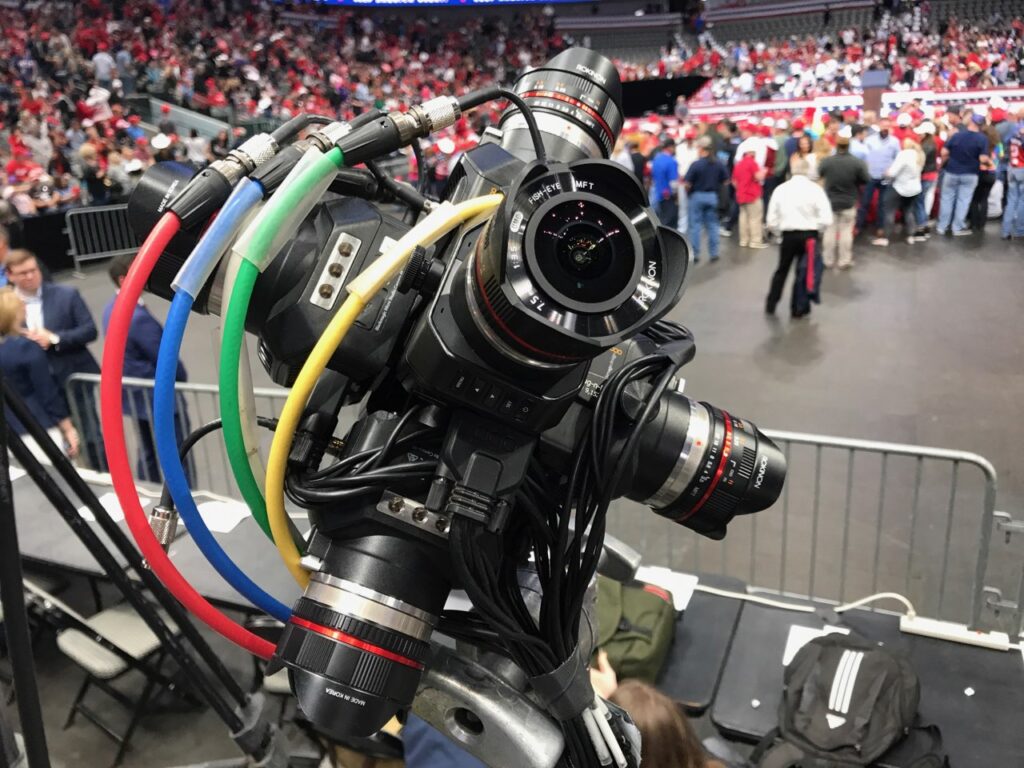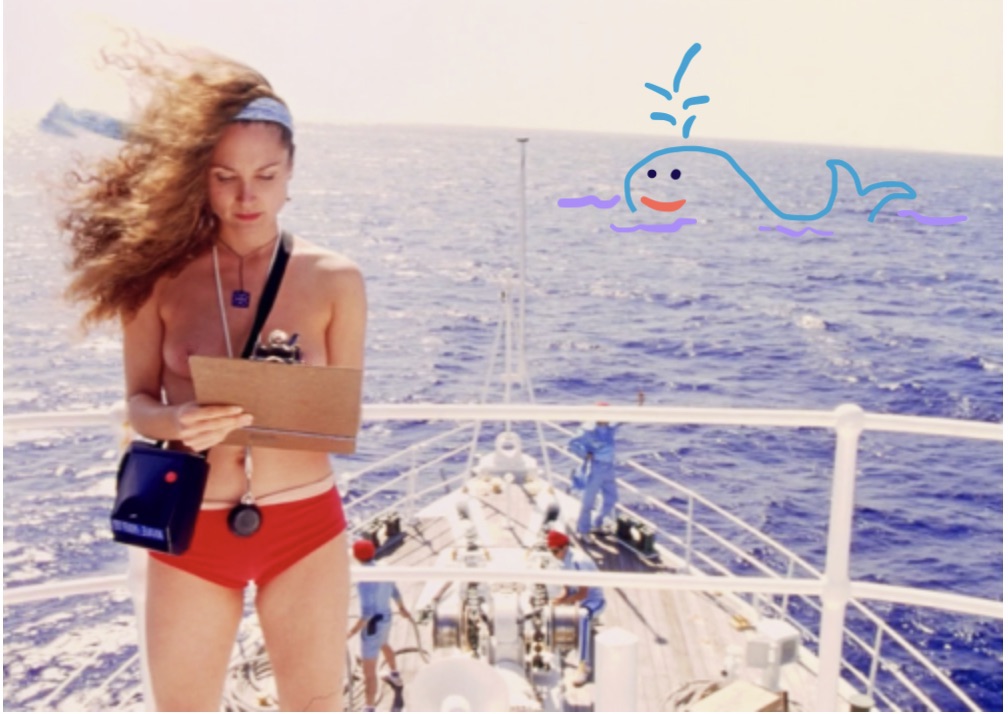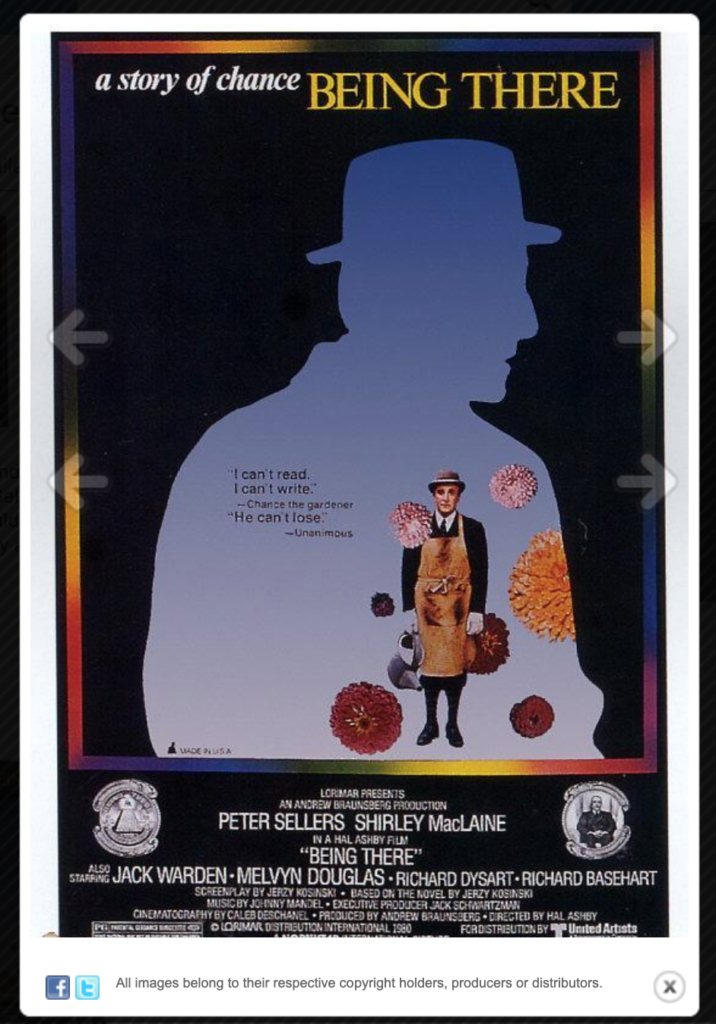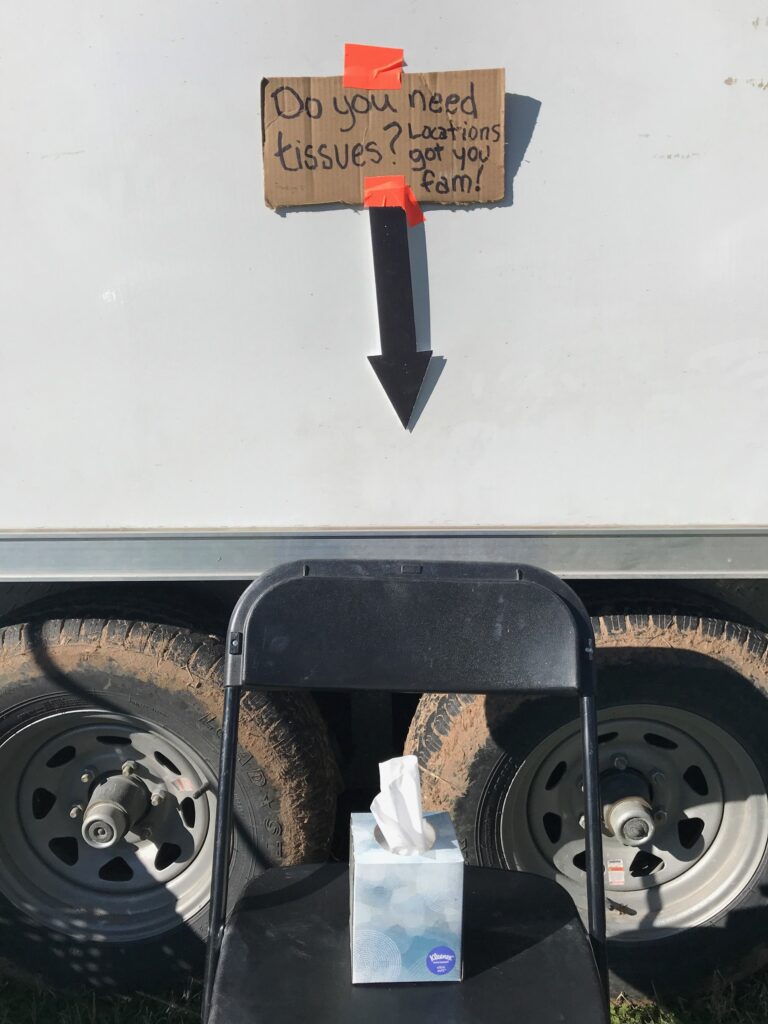
A decade ago I worked on a show whose Executive Producer ‘demanded’ his rental car be a Prius, and that there was no plastic flatware at catering (he was actually in the documentary Who Killed the Electric Car). I’ve worked on sets that gift crew a refillable water bottle to clip to your belt or bag. Now I’m seeing projects proudly declare themselves GREEN by banning the plastic water bottles altogether, telling crew to bring their own reusable bottle to refill from 5 gallon jugs or coolers.
So what does going green on set really mean?
It means refilling your reusable water bottles from the lip of the same water dispenser a hundred other people are using all day, unconsciously putting their dirty bottle up to the spigot. Spreading germs/bacteria/virus around the crew like wildfire, going from bottle rim to bottle rim – basically mouth to mouth, resulting in nearly everyone coughing and sneezing on set. …For weeks and weeks because the show must go on and folks be working those 13 hour days, without enough rest between time to heal.
Where’s the green? You mean the color of the gooey infected mucus hacked up out of the lungs, or the few bucks saved by production in not buying cases of individual single serving water bottles that touch your lips and your lips alone?
Shows try to set up recycling, difficult with ever changing locations and funny schedules to drop off the goods. The AD’s often have paper recycle in their trailer. Call sheets and maps are often sent electronically. But why not try some real changes like:
- use clean renewable biodiesel for the work trucks
- film more often on stages or nearby locations, saving fuel
- have above-the-line self drive instead of passenger vans doing 2 round trips for each Actor, Director, Writer, also saving fuel
- use non toxic or “organic” paints and materials in set construction, as well as cleaners
- use more locally grown/raised food for catering instead of corporate food trucked across the country
- use recycled paper in the office
- have Director and Producer SHARE a trailer at basecamp
This is just off the top of my head but seem like worthy pursuits, yes? NO. Why not? Because it’s too inconvenient, and too expensive, especially compared to the fake feel good virtue signaling (OMG I’ve never used that term before) of “reducing plastic” while breeding sickness. I dunno, maybe some show out there is making progress in a real way, creating a healthy sustainable work environment. Sick crew can’t give 100%. The crew crud is nothing new, but why make it worse, creating walking pneumonia? Spreading it through families, missing school or work, slamming over the counter drugs, perhaps Dr visits and prescriptions. Setting us up for that chain of events doesn’t sound green.
Do not get me wrong, I am a tree hugger! I live on a farm, compost like mad, work to reuse reuse reuse -from jars to clothing to grey water, and am conscious of not buying/bringing home stuff that makes waste with crazy packaging. I drive (and repair) an old car, and buy things used when possible. On set I would bring home my empty plastic water bottles to recycle. What ideas do YOU have for a greener set and greener world?
